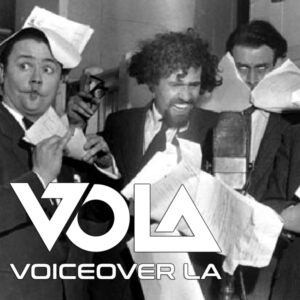
This guy, Mike. Friend, foe, lover, hater. Such a relationship we all have with this thang!
A mic will bring out the best and worst of you and your performance, accentuate your nuance, amplify your lip smacks, punctuate your P’s and B’s, muddy your pronunciation,
play up that texture in your mid – low range, faithfully reproduce every mouth click and water bubble, hiss, drone and whoosh every room noise and outside sound and generally
fill you with dread, fear, loathing, uplift, energy, hope, optimism vitality and triumph… in maddeningly unpredictable order.
Ahhhh, what to do…
Well: practice would be a good place to start!
Here’s the key: you’re as good on the mic as you give, and the more you work at it, the
better your good gets.
So get comfortable and decide what general rules apply to you. For starters, do you prefer
to sit or stand? Some people believe standing gives them more of a presence and keeps
them alert and involved. Others want to feel more comfortable over a period of time and
prefer to sit in a way that still lets them breath properly.
Breathing’s important. You want to project from your diaphragm more often than from
your chest. That’s because you’ll get even more support in your delivery and sound.
Breathing from the diaphragm also nets you more control and in general, more breath,
which is great for long passages and sentences.
Chest breathing, on the other hand, is better suited to breathier, high intensity speaking or
shouting, especially if you’re doing, say, a video game that calls for your character to be on
the run. But for the most part, it’s best to breathe from beneath the chest and to see if
you’re doing so, just observe if your stomach is moving out and in or if your chest is moving
more up and down.
One reason it might be, is because you’re seated in a way that makes diaphragm breathing
difficult because you’re slouched or curled up in a way that makes those breaths
uncomfortable. So be sure there’s SPACE to breath correctly, by sitting up straighter, or
extending a leg out. You want to be positioned so that you’re comfortable but poised and
alert. That will affect your performance both from a physical and mental standpoint, and is
a good baseline to maintain whenever you’re on mic
